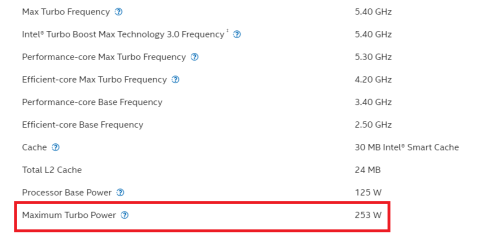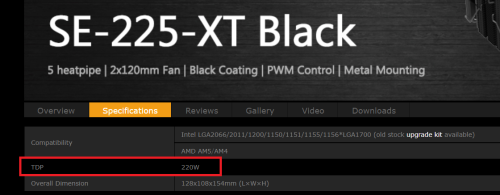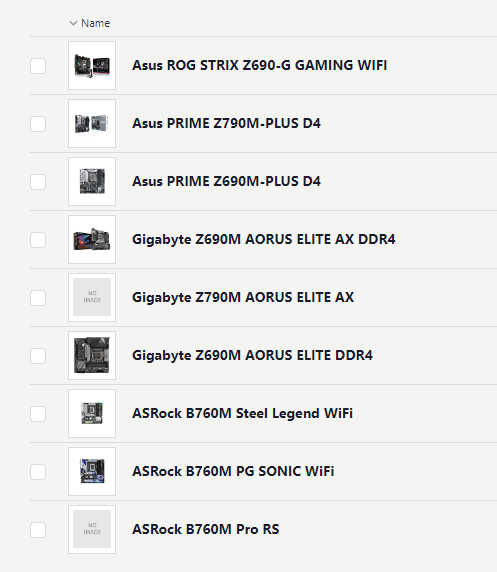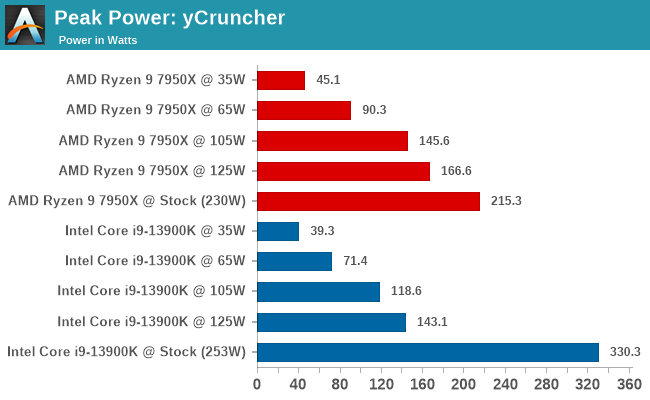QUOTE(ifourtos @ Nov 8 2022, 07:24 PM)
i am a programmer
i know core count NOT always helped in FPS, u know why
example
in order to produce next frame
the engine issue alot task to CPU core
1 task id 104 = calculate damage number
so
no matter how many core u have , even like 24 core
all have to wait that task 104 to complete so it can render the next frame.
and task 104 is assigned to 1 of the core.
the optimal setting is still, 6 to 8 very highspeed core.
u see that?
because task cannot be split into different core
only possible was assign different task to different core.
so, core speed is still major factor in gaming.
and. not because ps5 is 8core..
ps3 already 8core.
this is a layman term example
cpu calculation are machine level, usually more fundamental calculation.
If your a programmer then you should know why modern CPU tech did not go towards single core 10-20GHZ CPU route and instead went to lower speed higher IPS multicore solutions and now towards chiplets. i know core count NOT always helped in FPS, u know why
example
in order to produce next frame
the engine issue alot task to CPU core
1 task id 104 = calculate damage number
so
no matter how many core u have , even like 24 core
all have to wait that task 104 to complete so it can render the next frame.
and task 104 is assigned to 1 of the core.
the optimal setting is still, 6 to 8 very highspeed core.
u see that?
because task cannot be split into different core
only possible was assign different task to different core.
so, core speed is still major factor in gaming.
and. not because ps5 is 8core..
ps3 already 8core.
this is a layman term example
cpu calculation are machine level, usually more fundamental calculation.
If you think about it, Apple's M10 and ARM CPU are not as fast as Intel or AMD but performance wise these are matching or beating those giants. CPU speed is only one facet of a CPU performance, then there is IPS gains, thermal headroom and node shrinkage, but the key here is IPS and one way Intel did to improve IPS is shorten the pipeline and size up the cache but that in turns reduces the "speed" of the CPU (see P4 Netburst to Core2Duo arch). IPS gains give better % performance far outweigh increasing GHZ.
And then there are the modern applications, your Blender, Cinebench, Adobe Pro, that make use of many multicores. Unlike rendering or encoding process of the past where it traditionally follows in sequence as you had shown above, these apps now run processes concurrently thereby completing tasks much faster than a superfast single core CPU.
Alderlake takes this approach to another level by dedicating Ecores to completing less intensive background tasks while Pcores focus on the big processing jobs, balancing both means completing a particular instruction with better efficiency than a typical big core Ryzen. That is how AL beat Vermeer.
Intel's hybrid arch predicts that programmers will be optimising applications to breakdown more and more complex tasks into small simultaneous operations, hence why for RP they increased Ecores but not Pcores and why they are confident that ML would not suffer much performance hit when dropping down to 6 Pcores.
Games are still lagging on this development but again it depends on the development direction as again PS5/Xbox are only 8 cores and most widely used CPUS are still 6cores i5/R5, hence game developers has no incentives to scale their game to as many cores possible as such would be detrimental to consoles and 6Core PCs if not optimised well. Still, they are getting there, with huge open world sandboxes ie MS Flight Sim are already taking advantage as many cores possible.
Anyhow there are still limits to how much gains made just by adding more cores (which is not what I'm pointing at in the OP) but the key is balancing workloads enough to make use of 8, 12, 16.... 32 threads. And for that modern applications are being made to take that advantage so there is lesser need today to brute force a task with faster GHZ, unless that application is seriously unoptimised.
Hence why I said CPUS have reach a stage where simply higher GHZ are used to run operations faster but today's applications are geared towards completing task more efficiently by using the strengths of the CPU particularly the hybrid arch of AL/RP. Therefore while Ocing to increase the speed will net you gains on a similar generation platform, tweaks to arch & IPS is king as can be seen in RP where 13900K can deliver the same performance as 12900K with lower power draw.


 Nov 9 2022, 12:06 AM
Nov 9 2022, 12:06 AM

 Quote
Quote





 0.0925sec
0.0925sec
 0.29
0.29
 7 queries
7 queries
 GZIP Disabled
GZIP Disabled